GOP amps up efforts to limit voter participation |
A top Republican legal strategist told a roomful of GOP donors last weekend that conservatives must band together to limit voting on college campuses, same-day voter registration and automatic mailing of ballots to registered voters, according to a copy of her presentation reviewed by the Washington Post.
0 Comments
As global temperatures climb, widespread shifts in weather systems occur, making events like droughts, hurricanes, and floods more intense and unpredictable. Extreme weather events that may have hit just once in our grandparents’ lifetimes are becoming more common in ours. However, not every place will experience the same effects: Climate change may cause severe drought in one region while making floods more likely in another. Higher average temperatures |
Archives
July 2024
|



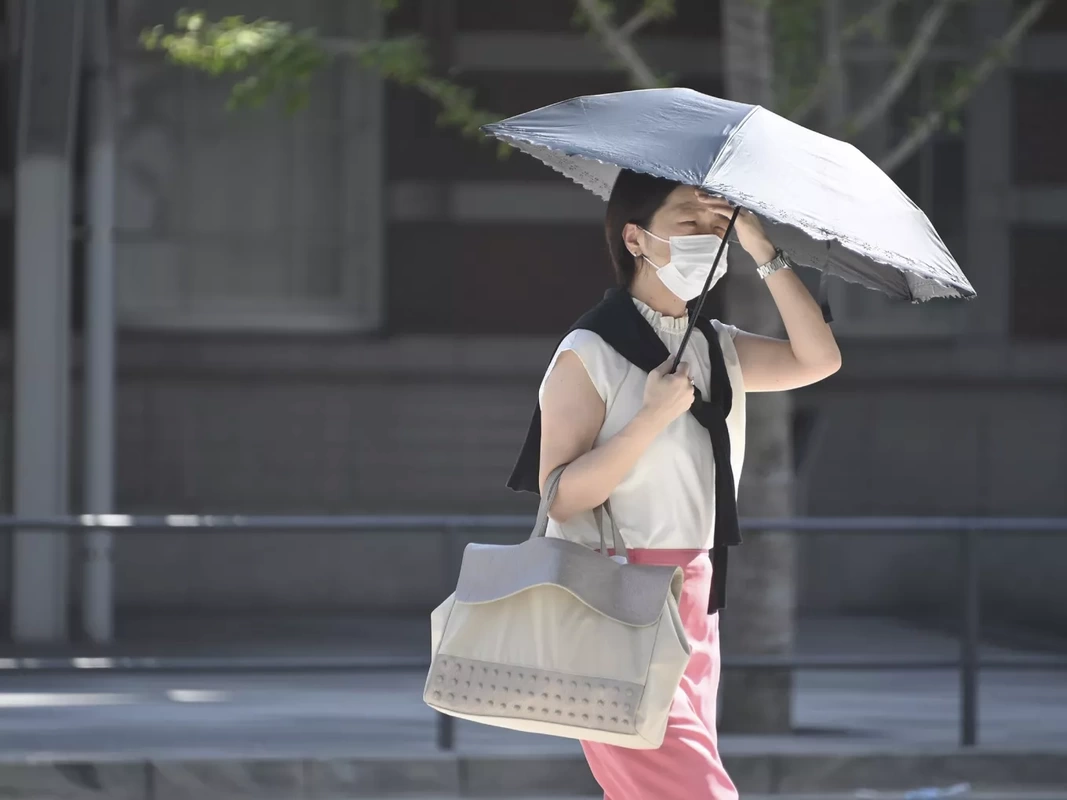
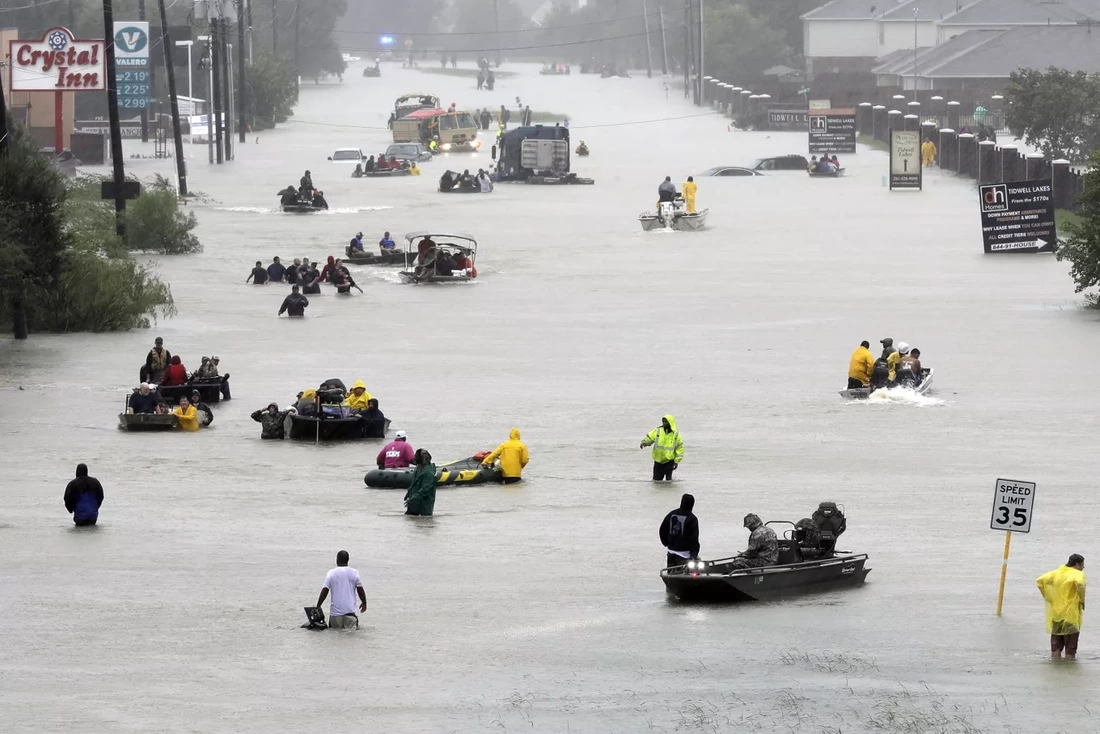
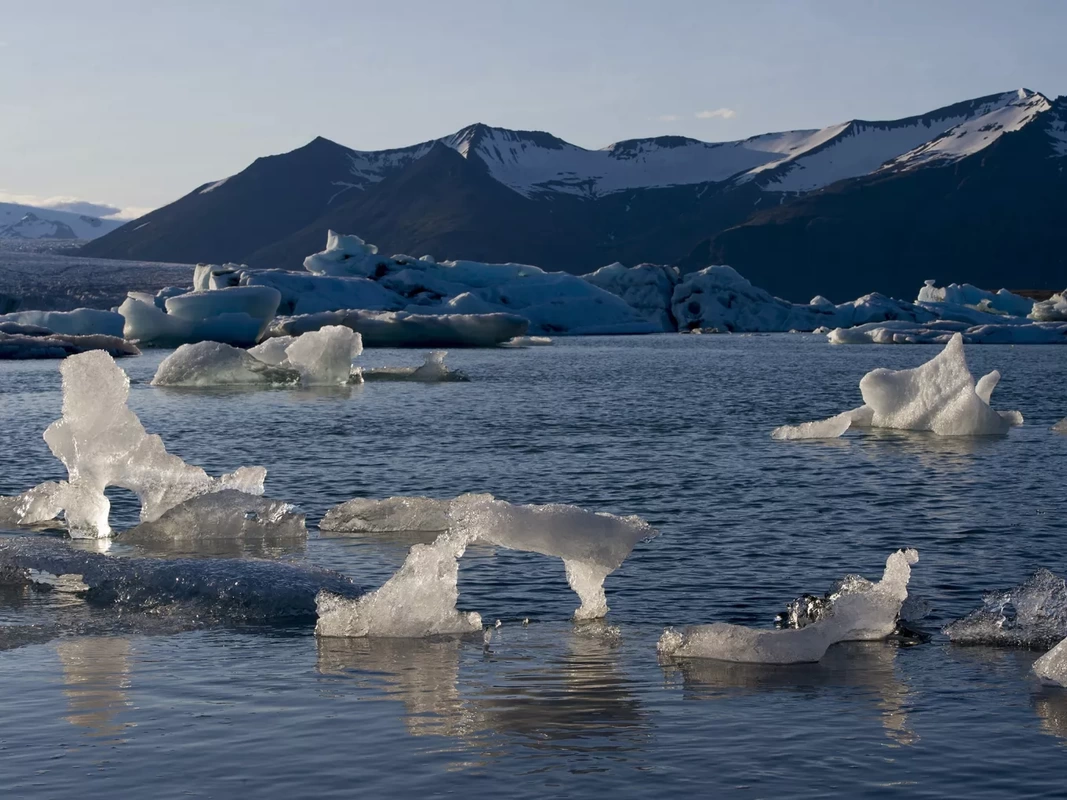
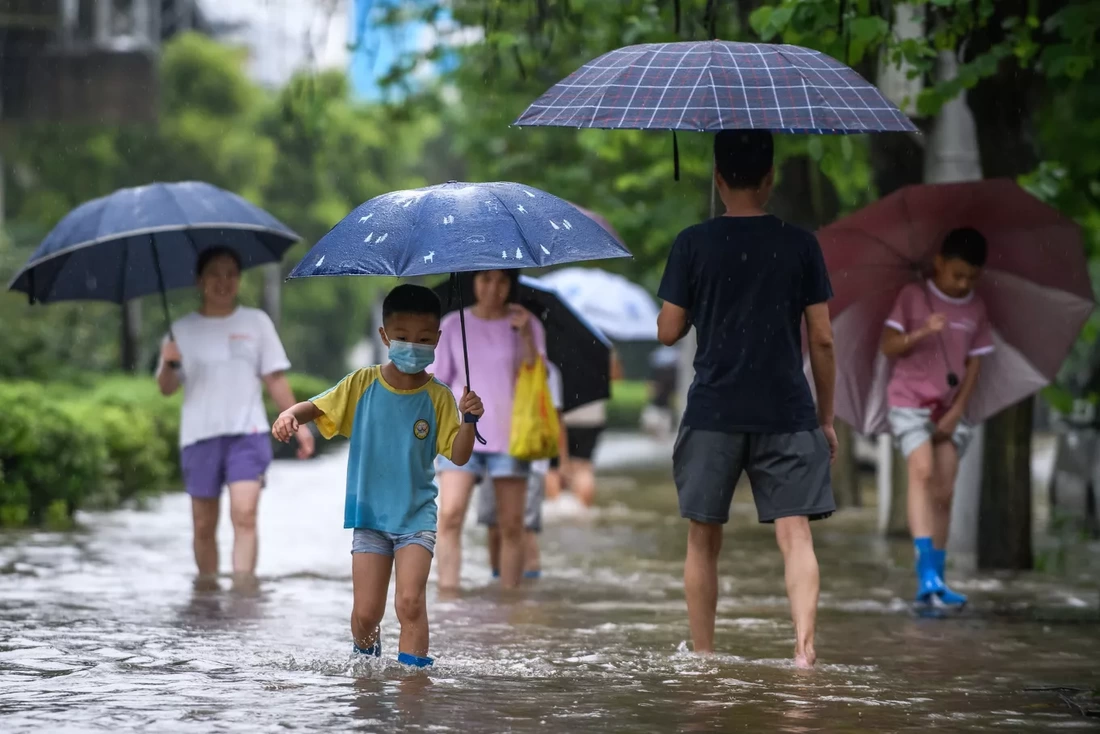
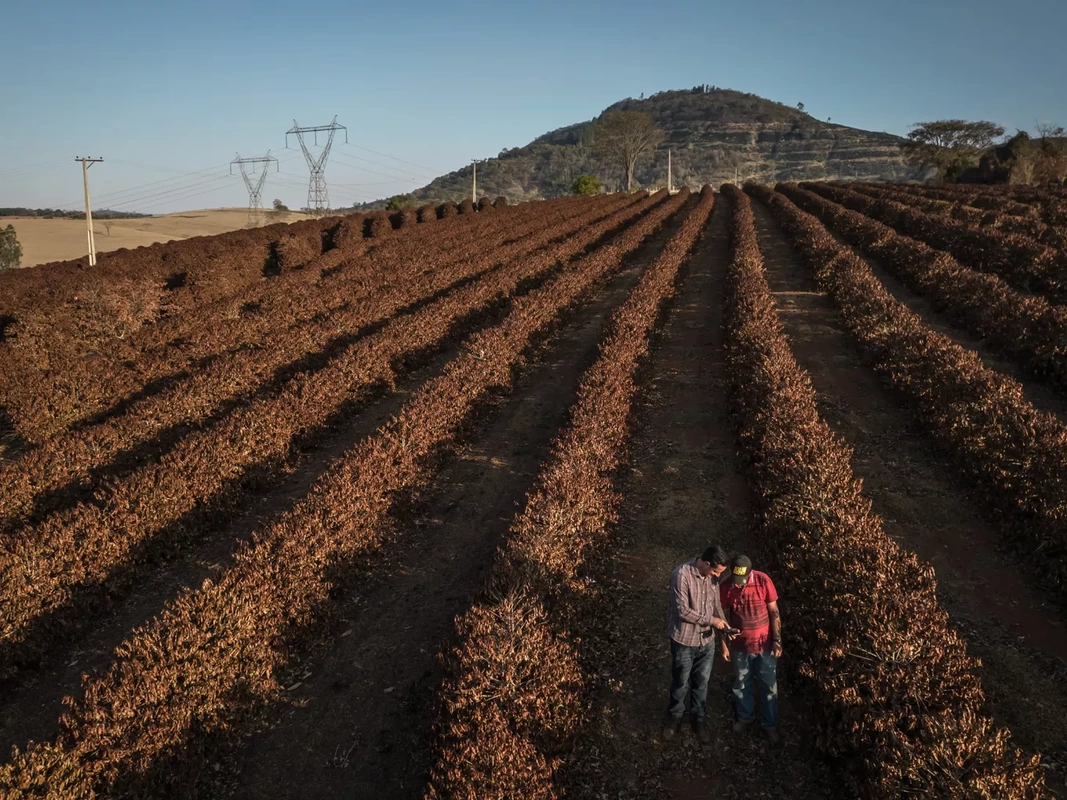
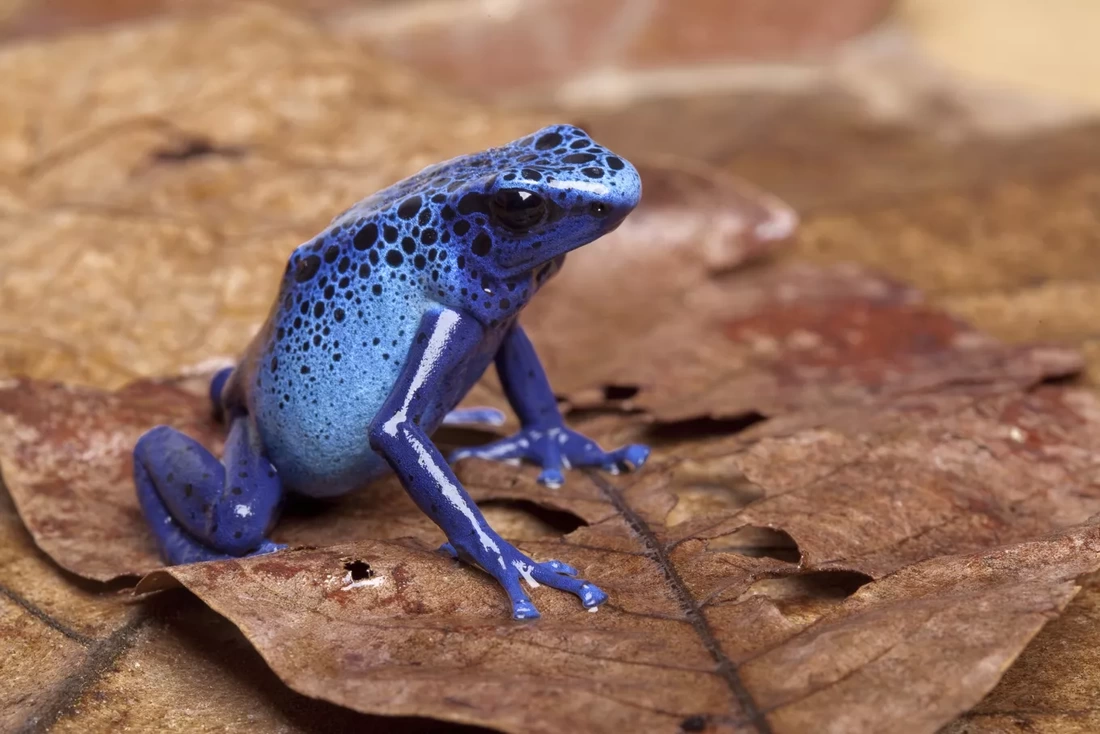
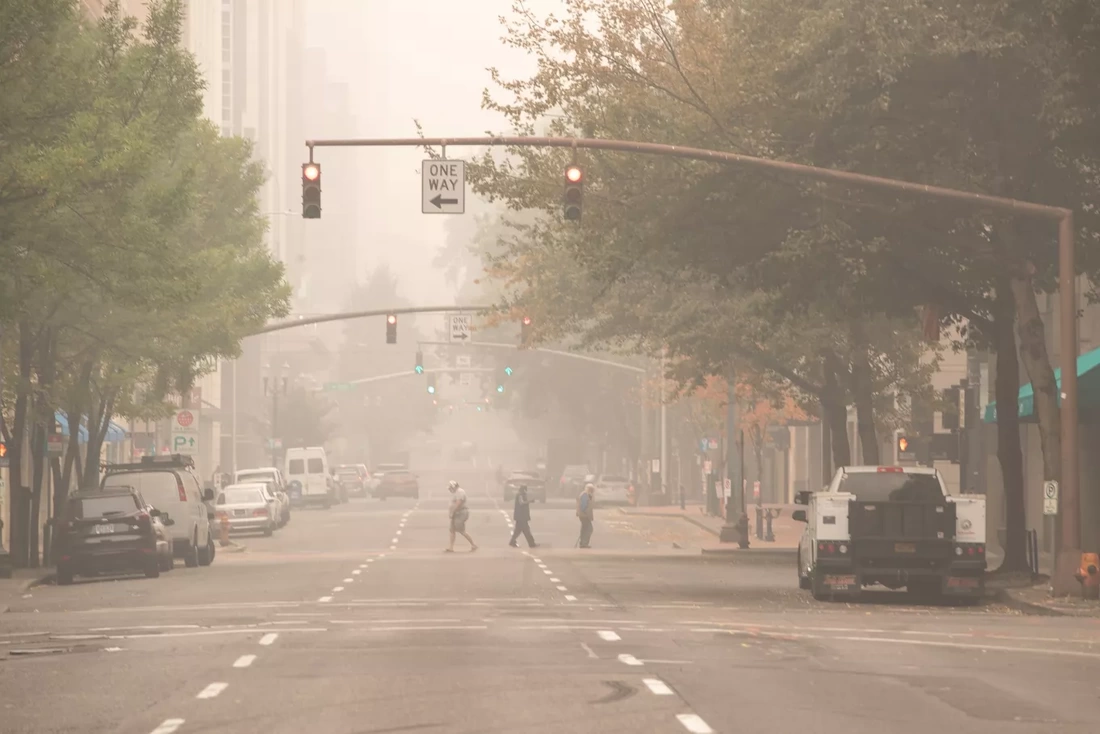
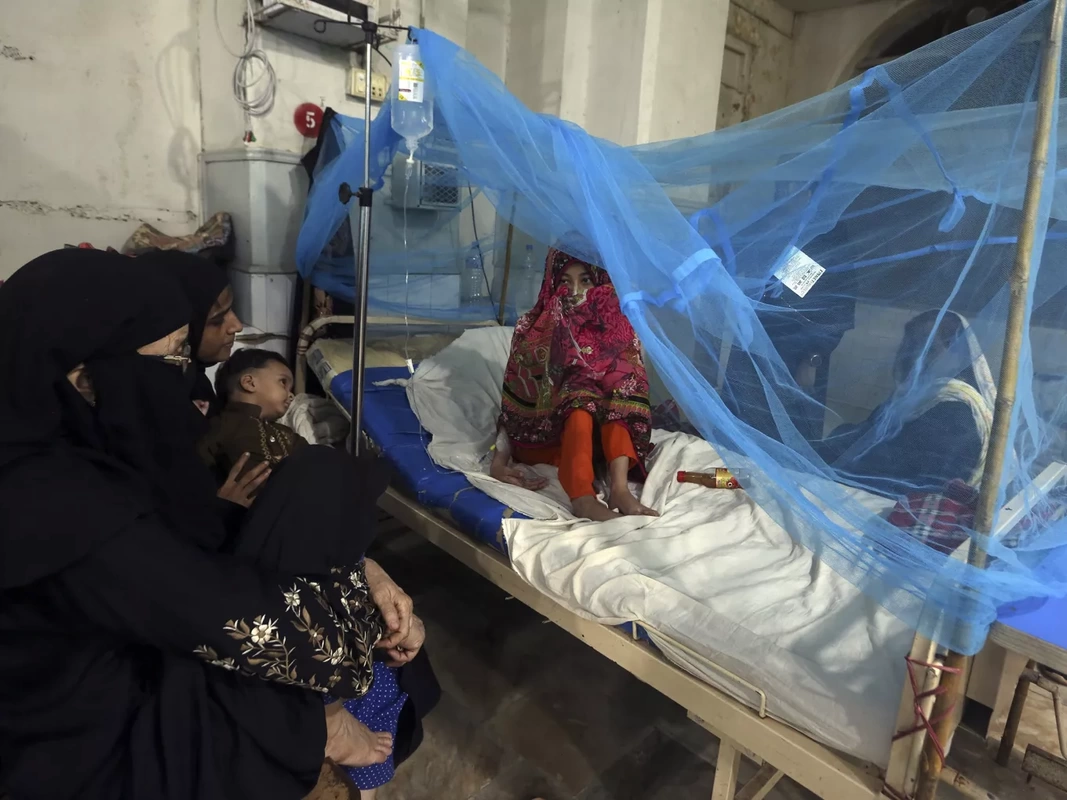
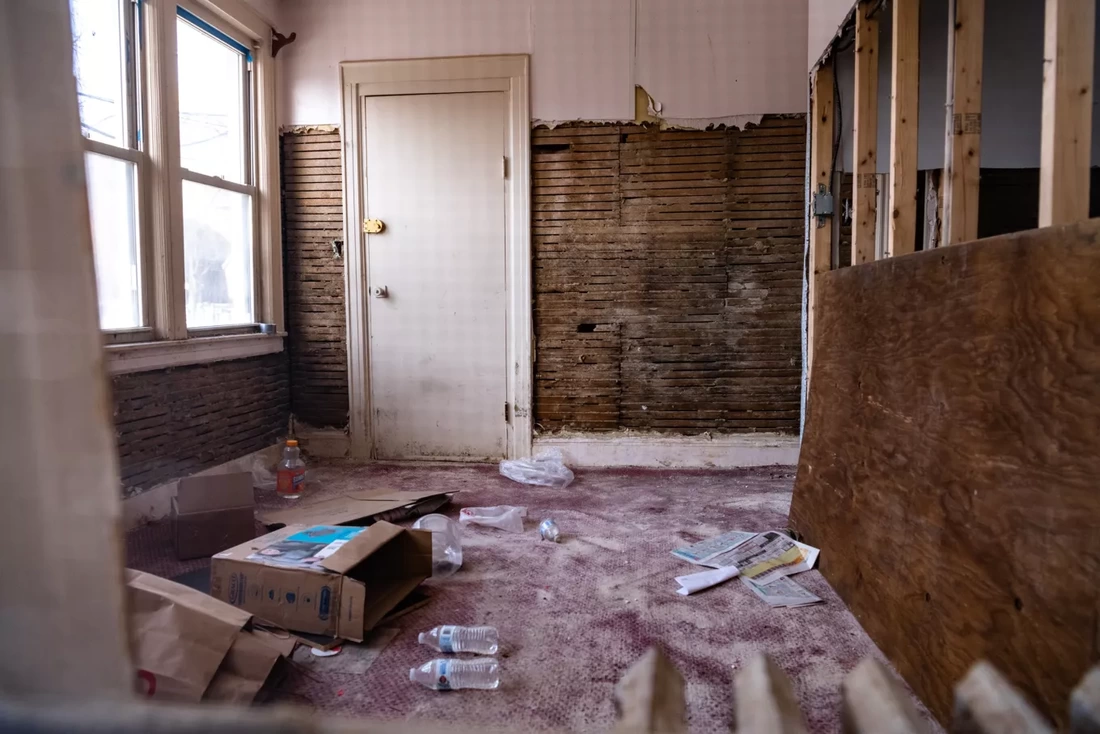
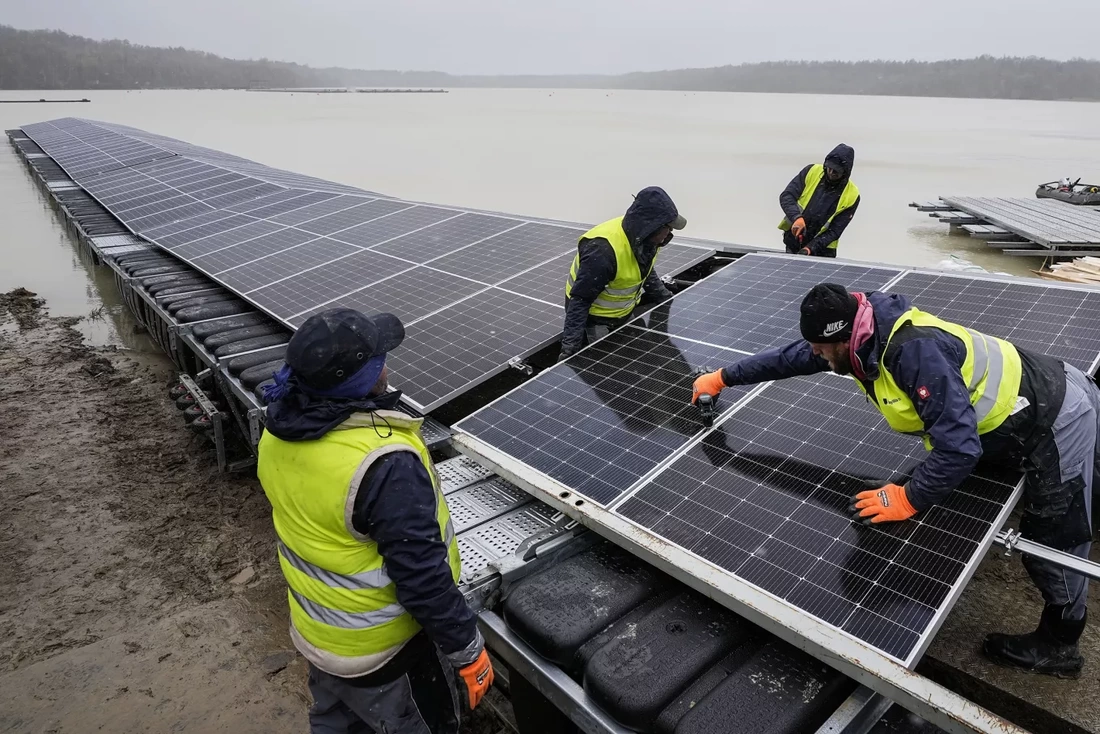

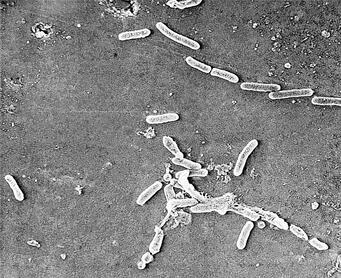
 RSS Feed
RSS Feed